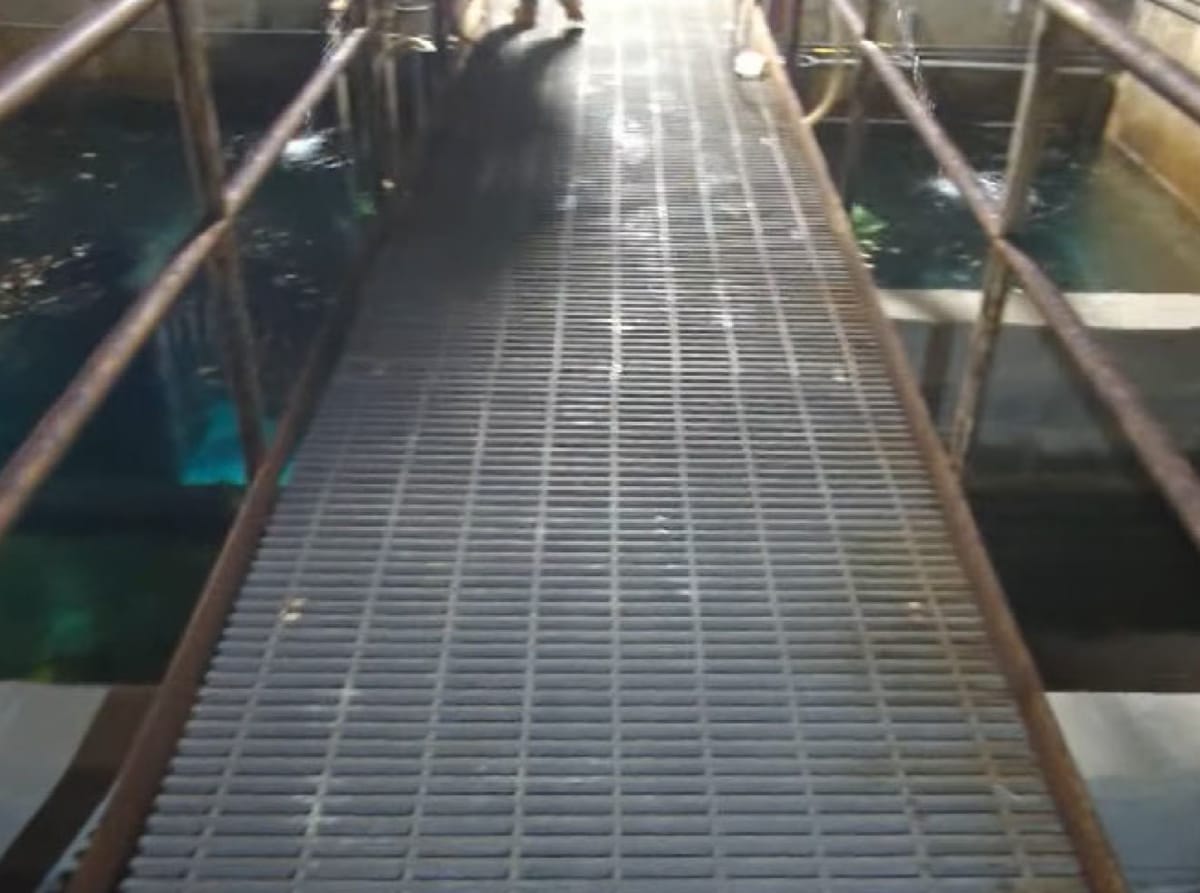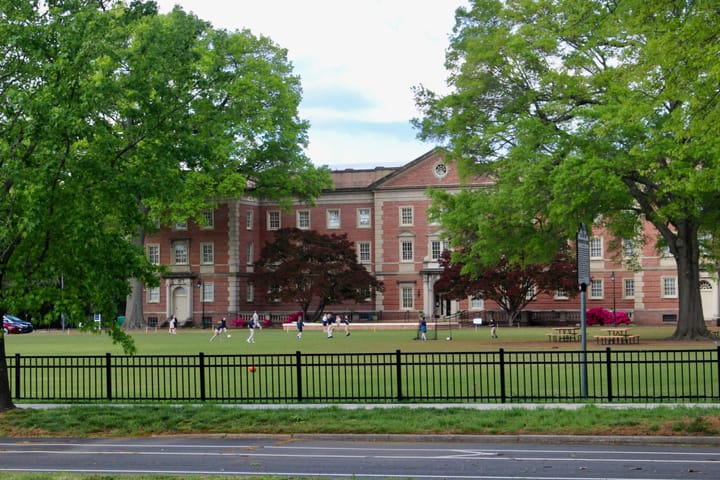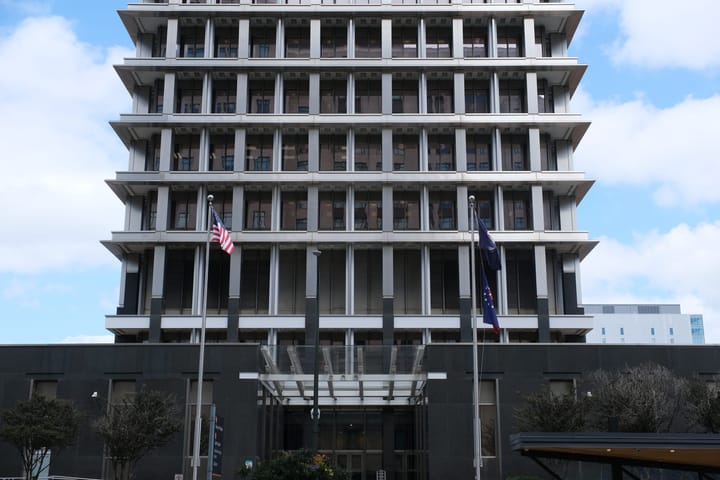
State drinking water official says problems at Richmond plant went unaddressed for ‘decades’
In the late 1980s, Richmond asked Virginia regulators for permission to double the rate of water flowing into its water treatment plant by the James River.
In 1996, that request was approved. That decision expanded the capacity of a key water source for the capital region. It also raised the risk for the type of catastrophic flooding event that happened at the plant in January and left the city without usable water for nearly a week.
Dwayne Roadcap — the director of the Virginia Department of Health’s Office of Drinking Water — reiterated Thursday that a “complacent culture” caused a water crisis that wouldn’t have happened if the city took better care of its facility. The flooding concern, he said, was tolerated for “decades” until a power loss caused by a winter storm caused a flood that knocked out key pumps and electrical equipment.
“People accepted as normal what shouldn’t be accepted as normal,” Roadcap said as he recapped the results of a state-led investigation released this week.
But he acknowledged that state waterworks regulators might have also missed opportunities to more proactively address the risk that the Richmond plant could fail.
“In hindsight, we're learning from this as well,” he said. “And one of the things that we're revisiting is how we do our inspections and the questions we ask.”
The approval of the higher flow rate decades ago, he said, could’ve been a chance for the state to more fully assess whether the city’s plant could safely handle more water without losing control of where that water was going.
“Maybe we could’ve addressed it back in the late 1980s, early 1990s,” Roadcap said when asked about a recommendation in the state’s report that suggested tightening Virginia’s rules to require old water plants like Richmond’s to be updated to modern design standards. “I think that’s a fair point.”
Due to the age of Richmond’s water plant, portions of which date back to 1924, it lacks some failsafe features that are required of more modern facilities. There are no overflow pipes to prevent flooding of the clearwells, which store finished water before it is pumped back out and distributed to Richmond homes and businesses. Without power, gravity allowed water to continue flowing into the low-lying clearwells. With pumps and valves knocked offline, the state report says, there was nowhere for the “unlimited volume of water” to go until the valves could be closed or water could be pumped back out as fast as it was coming in.
“Without having that overflow mechanism, it’s critically important that power stays on at the treatment plant,” Roadcap said.
The city’s main failure, according to the state, was having backup power systems that didn’t work when needed. Batteries didn’t provide enough power for valves to close as they should have, and the city’s decision to operate the plant in a less power-intensive “winter mode” hampered the effort to restore power as quickly as possible.
The lack of overflow pipes is one of a dozen “significant deficiencies” the state health department says Richmond has to address as part of a corrective action plan for the water plant. The health department suggested the city take new steps to minimize flooding, keep the area clean and conduct an “engineering evaluation” to explore the feasibility of sealing pipes and access hatches that allow the clearwells to overflow.
Short Elliot Hendrickson, the engineering firm the state hired to help with its investigation, noted there are risks to sealing interconnections between parts of the plant. Sealing could cause too much pressure to build, the SEH report says, which “could result in a major structural failure of the building.”
Because the clearwells are underground in an area “enclosed by a flood wall,” the SEH report says, the feasibility of adding new overflow pipes is uncertain because “disposal options are limited.”
The city has already taken steps to prevent future flooding by shoring up the power system and valves, but it’s unclear what longer-term design fixes might be required to satisfy state regulators.
In a statement Thursday morning, Richmond Mayor Danny Avula said the state’s report largely aligns with the results of an investigation initiated by the city.
“We’ll of course review it and think through the best ways to integrate its recommendations into our work moving forward,” the mayor said of the state report.
Avula said he agrees with state officials that the water crisis was "avoidable," adding that the city has already addressed one of the "core points of failure" by doing away with the plant's winter mode and operating in the more power-resilient summer mode at all times.
In a statement on the release of the state report he requested, Gov. Glenn Yongkin said Richmond’s water crisis “never should have happened.”
“Moving forward, it should never happen again, and I’ve directed the Department of Health to ensure Richmond takes all corrective actions necessary to achieve that objective,” Youngkin said. “The people of Richmond and the surrounding counties persevered through this preventable crisis, and now it’s time for city leaders to step up for their citizens.”
Contact Reporter Graham Moomaw at gmoomaw@richmonder.org






